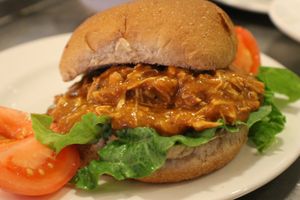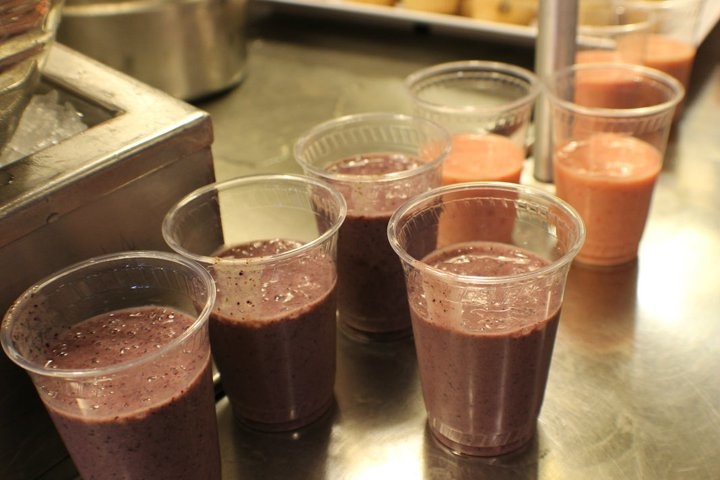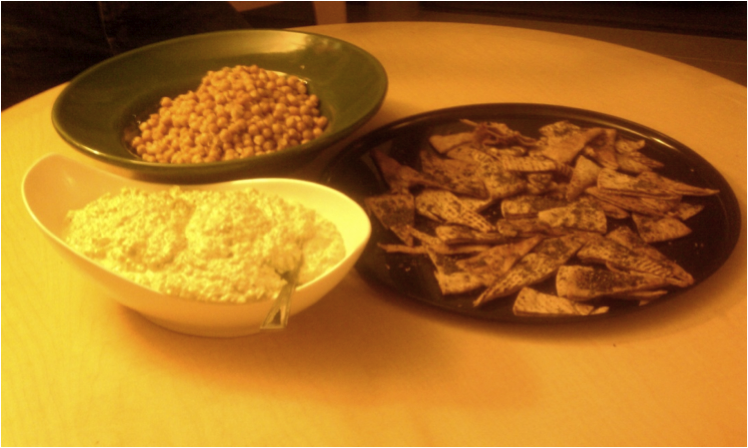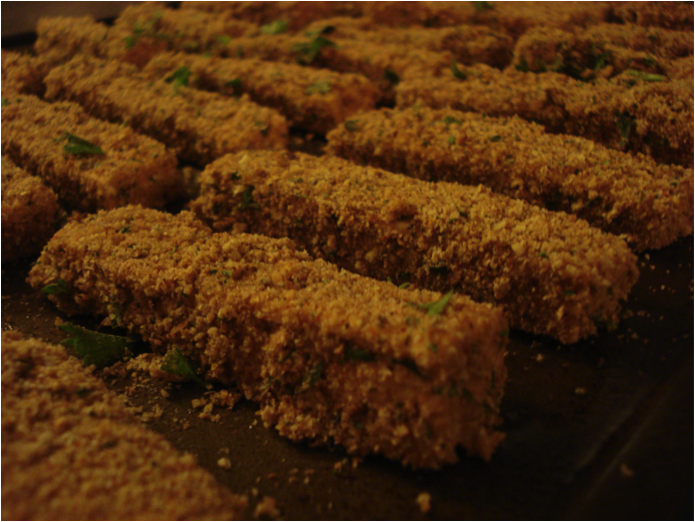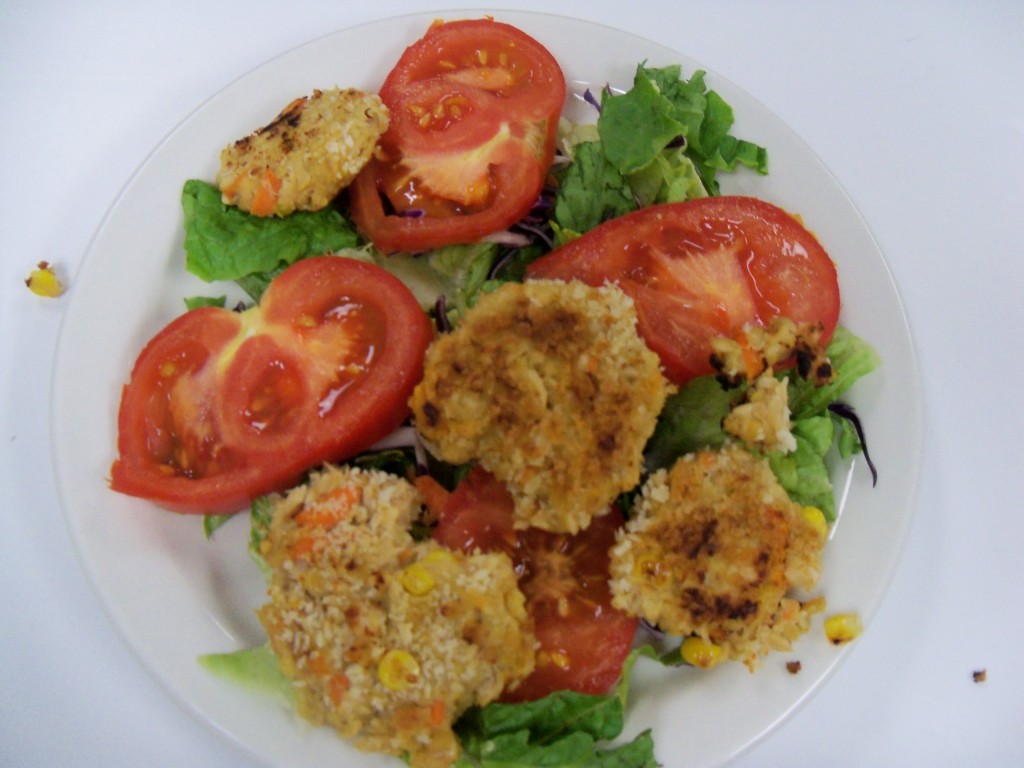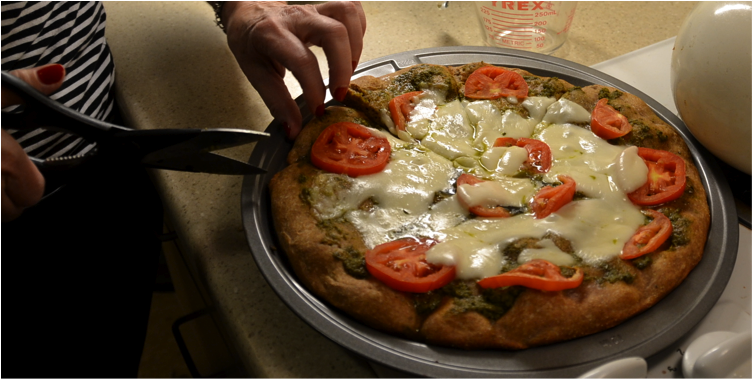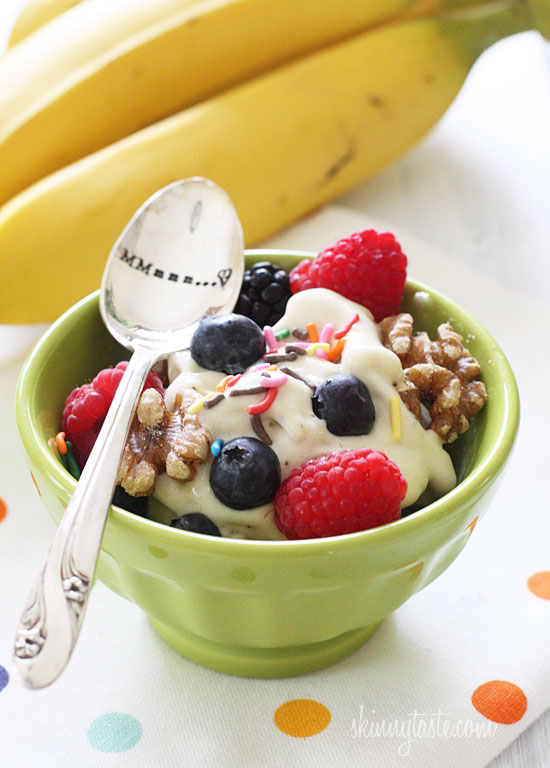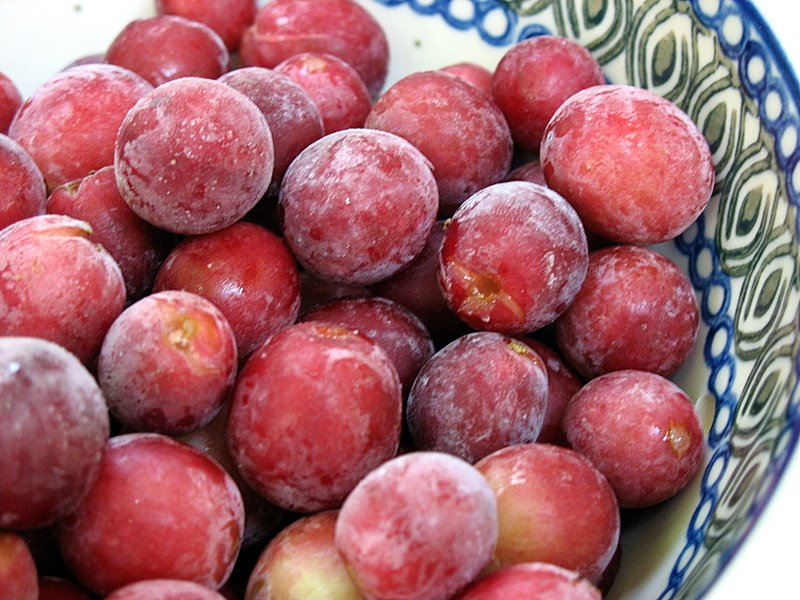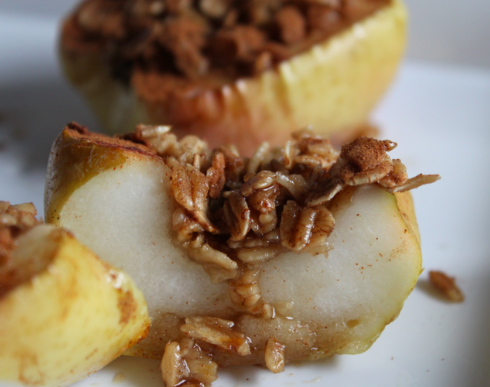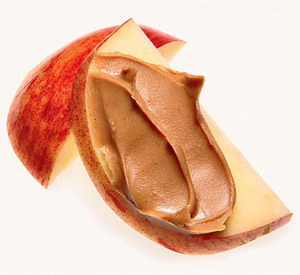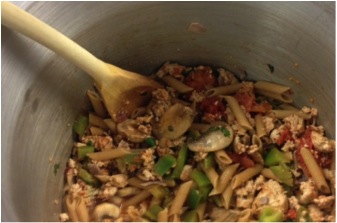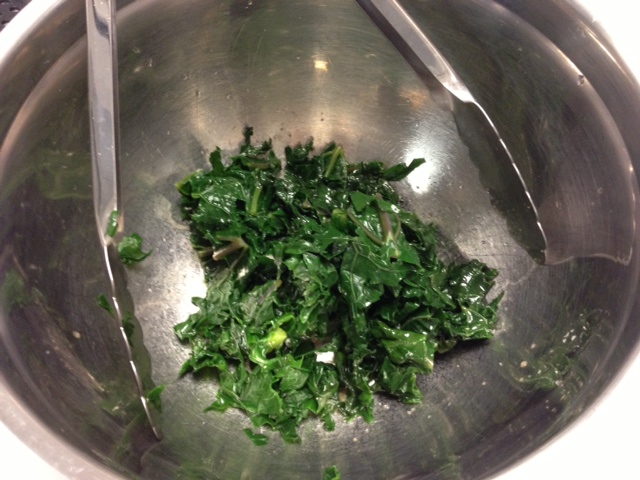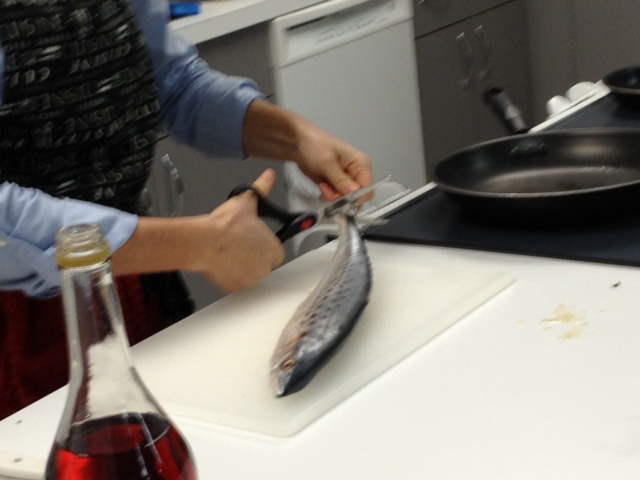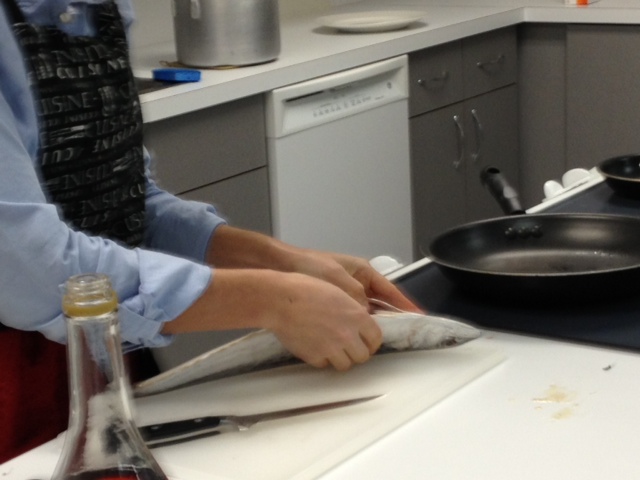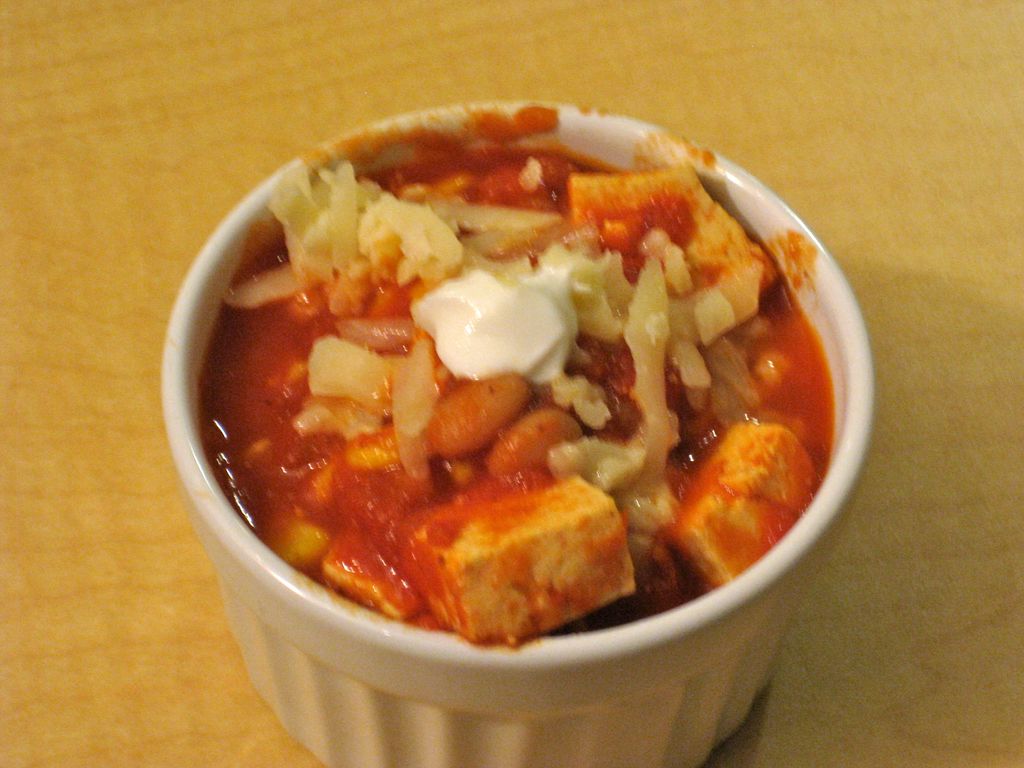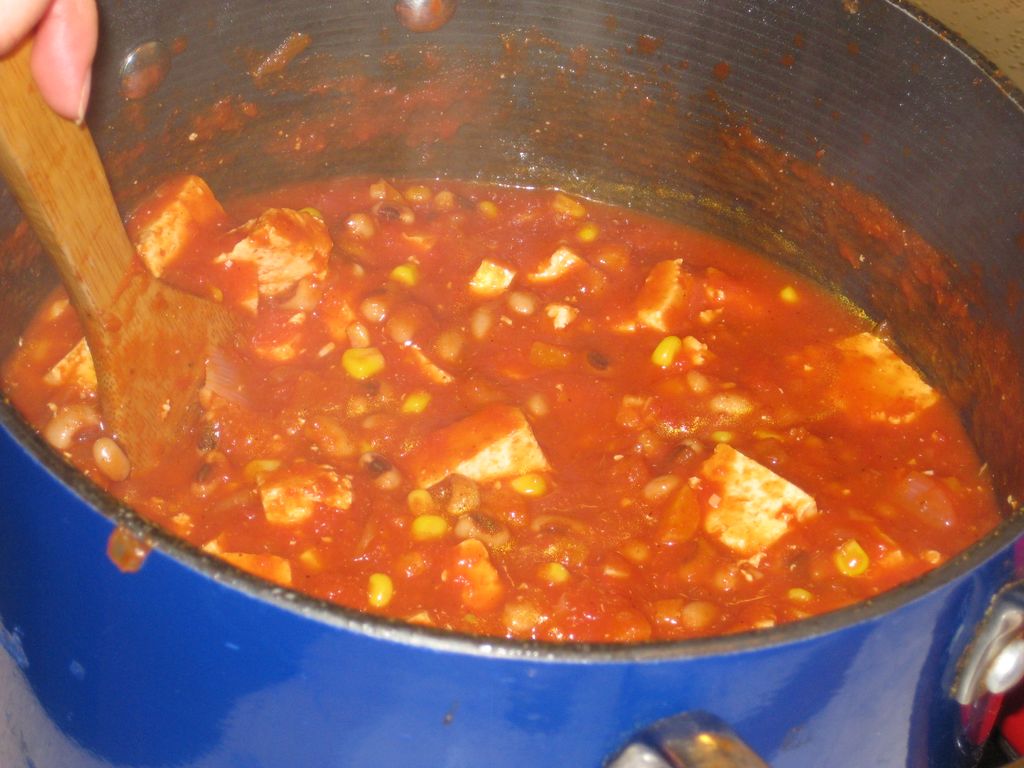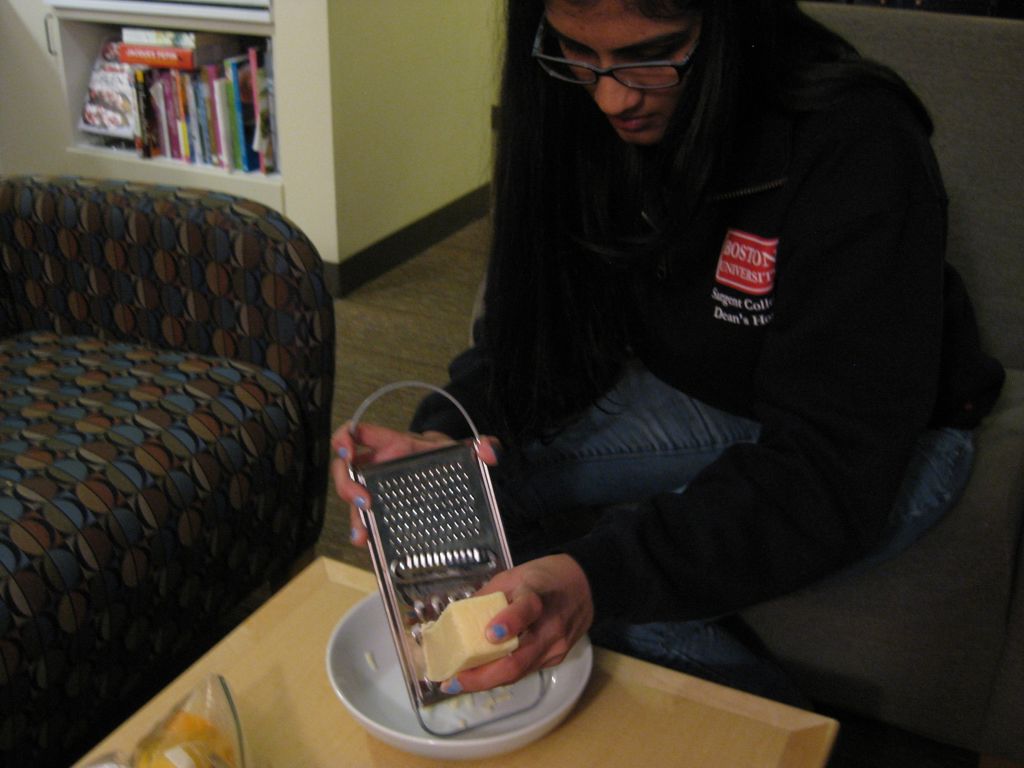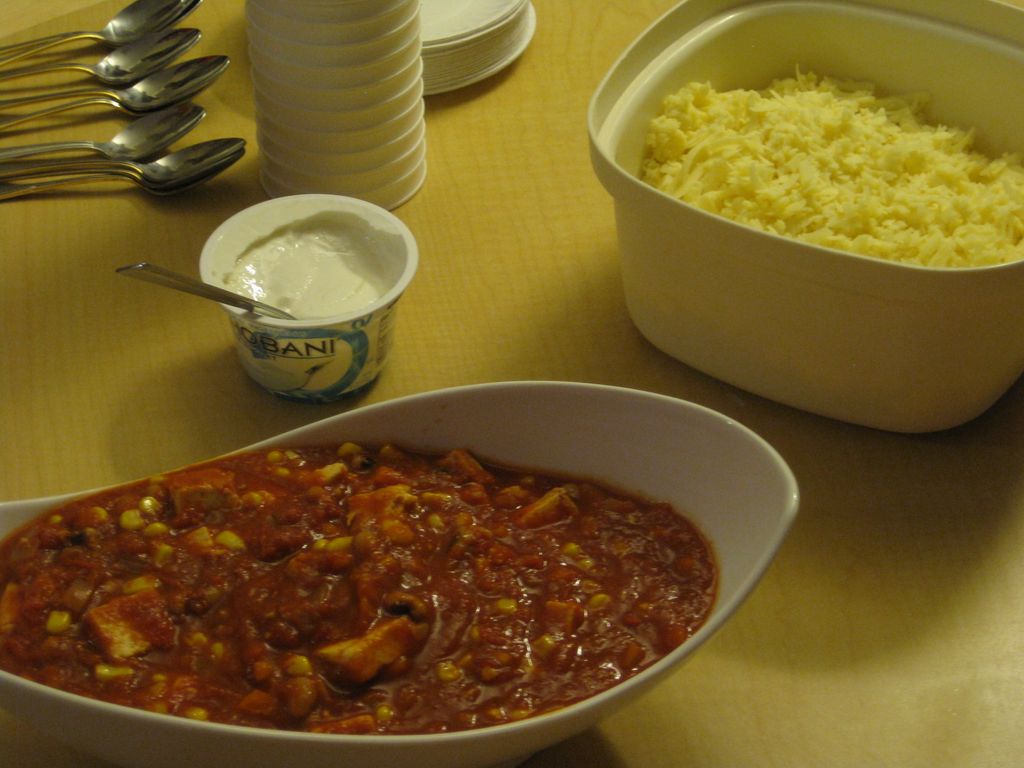Interested in food sustainability and how it affects the environment, animals, and our own health? On Monday, April 22nd, BU Sustainability is holding the Make a Difference Monday Deconstructed Panel where experts in sustainability will be discussing what it means to eat sustainably and how to do so realistically.
Never heard about or really understood what Make A Difference Monday is all about? In addition to the panel, an article featured in Her Campus provides a wonderful insight into the movement and why it’s important. In the article, BU student Shannon Stocks clearly explains how large of an impact Make A Difference Mondays could have on the environment and our food supply.
“Make a Difference Monday is a time when we should realize that we can and do make a difference. Our university has over 4,000 faculty members and over 31,000 students, thus making our incredible school one of Boston’s largest employers. With about 76% of students living on campus and therefore requiring a meal plan, thousands of us every Monday have the opportunity to support local farming and sustainable food thus making a smaller carbon footprint.”
In addition to facts regarding the environment and health, she addresses how many BU students have negative preconceptions about MADM. She mentions that many of her friends think that there are no meat options on MADM and that the food quality is sub par. She follows up beautifully with a list of entrée options available on MADM – all of which contain seafood or poultry (BBQ Chicken Sandwiches anyone?). From the viewpoint of someone who sees some of what goes into MADM, I can say that the food is far from lower quality, in fact the recipes tend to have more creativity and are made with fresh, local, high-quality ingredients.

Whether you are a supporter of Make A Difference Mondays or still have not yet made up your mind, please read the article on HerCampus and then attend the panel ready with any questions, doubts, or concerns.
What you need to know:
Who?
Panel includes:
- Nathan Phillips, Professor of Earth and the Environment at BU
- Sarah Butler, Registered Dietitian at Sargent College
- David Coman-Hidy, Campaign Director at Humane League
Moderator:
- Sabrina Pashtan, sustainability coordinator for BU Dining Services
What
- Panel with time for questions
- Free Food
When
- UPDATE 4/22/13: Due to the memoria service, the event has been postponed — stay tuned for the rescheduled date!
Where
- BU School of Theology Room B19
For more information and updates, please visit the Facebook event!
